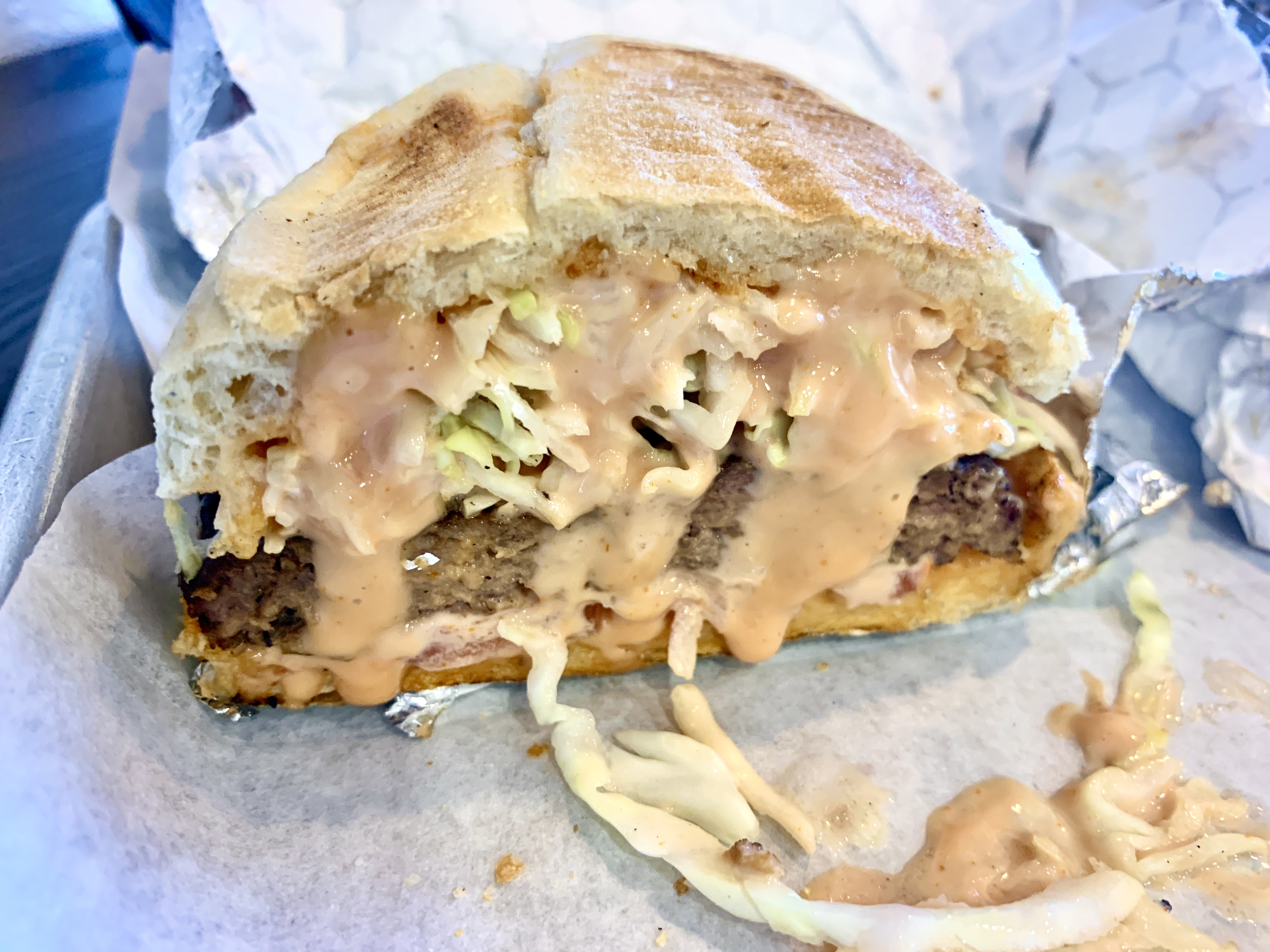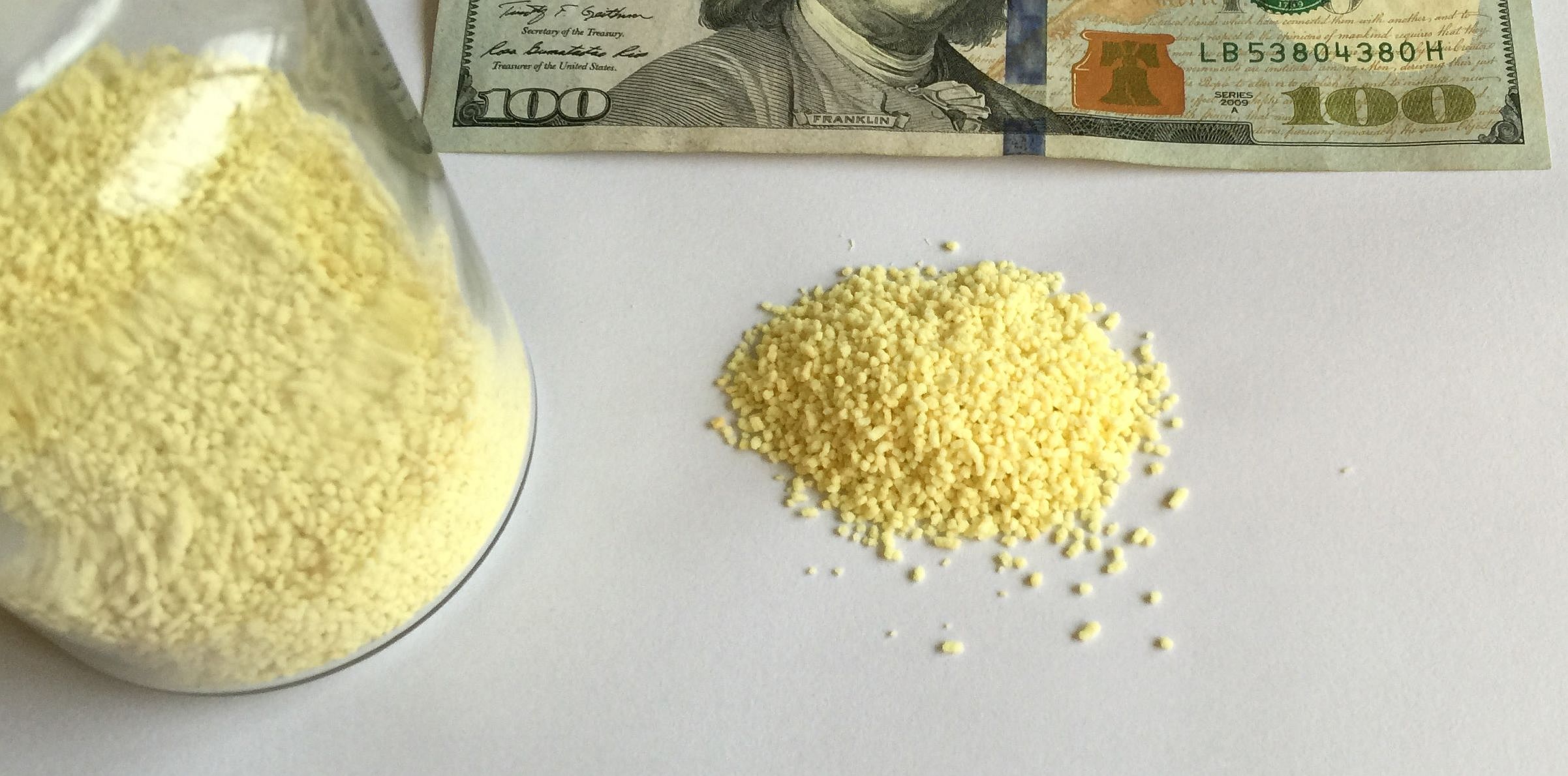|
Dominican Republic Cuisine
Dominican cuisine is made up of Spanish, indigenous Taíno, Middle Eastern and African influences. As in Spain, the largest, most important meal of the day is lunch. Its most typical form, nicknamed ''la bandera'' ("the flag"), consists of white rice, red beans and meat (beef, chicken, pork, or fish), sometimes accompanied by a side of salad. Dishes and their origins The Dominican Republic was formerly a Spanish colony. Many Spanish traits are still present in the island. Many traditional Spanish dishes have found a new home in the Dominican Republic, some with a twist. African and Taíno dishes still hold strong, some of them unchanged. All or nearly all food groups are accommodated in typical Dominican cuisine, as it incorporates meat or seafood; grains, especially rice, corn (native to the island), and wheat; vegetables, such as beans and other legumes, potatoes, ''yuca'', or plantains, and salad; dairy products, especially milk and cheese; and fruits, such as orange ... [...More Info...] [...Related Items...] OR: [Wikipedia] [Google] [Baidu] |
Chimichurri Burger
The Chimichurri burger (usually called "Chimi burger", "Dominican burger", or simply "chimi") is a traditional snack dish (sandwich) served in the Dominican Republic. It is made from ground pork or beef, which is sliced, grilled and served on a ''pan de agua'' (literally "water bread") and garnished with chopped cabbage. ''Salsa golf'' is also added. This dish is made throughout the Dominican Republic and is usually sold on street stands. Each vendor has their own recipe; flavors and ingredients can substantially vary the texture and taste of the chimichurris. Outside the Dominican Republic Chimichurris are popularly sold out of food trucks in the Dominican Republic and in various areas of the United States. Such areas include: Washington Heights, Manhattan, New York; Corona, Queens, New York; Brooklyn, New York; Paterson, New Jersey; the Allapattah area of Miami, Florida; East and South Orlando, Florida; Lawrence, Massachusetts; north of San Antonio, Texas; and in Provi ... [...More Info...] [...Related Items...] OR: [Wikipedia] [Google] [Baidu] |
Levant
The Levant () is an approximate historical geographical term referring to a large area in the Eastern Mediterranean region of Western Asia. In its narrowest sense, which is in use today in archaeology and other cultural contexts, it is equivalent to a stretch of land bordering the Mediterranean in South-western Asia,Gasiorowski, Mark (2016). ''The Government and Politics of the Middle East and North Africa''. }, ), meaning "the eastern place, where the Sun rises". In the 13th and 14th centuries, the term ''levante'' was used for Italian maritime commerce in the Eastern Mediterranean, including Greece, Anatolia, Syria-Palestine, and Egypt, that is, the lands east of Venice. Eventually the term was restricted to the Muslim countries of Syria-Palestine and Egypt. In 1581, England set up the Levant Company to monopolize commerce with the Ottoman Empire. The name ''Levant States'' was used to refer to the French mandate over Syria and Lebanon after World War I. This is pro ... [...More Info...] [...Related Items...] OR: [Wikipedia] [Google] [Baidu] |
Cracker (food)
A cracker is a flat, dry baked food typically made with flour. Flavorings or seasonings, such as salt, herbs, seeds, or cheese, may be added to the dough or sprinkled on top before baking. Crackers are often branded as a nutritious and convenient way to consume a staple food or cereal grain. Crackers can be eaten on their own, but can also accompany other food items such as cheese or meat slices, fruits, dips, or soft spreads such as jam, butter, peanut butter, pâté, or mousse. Bland or mild crackers are sometimes used as a palate cleanser in food product testing or flavor testing, between samples. Crackers may also be crumbled and added to soup. The modern cracker is somewhat similar to nautical ship's biscuits, military hardtack, chacknels, and sacramental bread. Other early versions of the cracker can be found in ancient flatbreads, such as lavash, pita, matzo, flatbrød, and crisp bread. Asian analogues include papadum and senbei. The characteristic holes found in ... [...More Info...] [...Related Items...] OR: [Wikipedia] [Google] [Baidu] |
Tapioca
Tapioca (; ) is a starch extracted from the storage roots of the cassava plant (''Manihot esculenta,'' also known as manioc), a species native to the North and Northeast regions of Brazil, but whose use is now spread throughout South America. It is a perennial shrub adapted to the hot conditions of tropical lowlands. Cassava copes better with poor soils than many other food plants. Tapioca is a staple food for millions of people in tropical countries. It provides only carbohydrate food value, and is low in protein, vitamins and minerals. In other countries, it is used as a thickening agent in various manufactured foods. Etymology and origin ''Tapioca'' is derived from the word ''tipi'óka'', its name in the Tupi language spoken by natives when the Portuguese first arrived in the Northeast Region of Brazil around 1500. This Tupi word is translated as 'sediment' or 'coagulant' and refers to the curd-like starch sediment that is obtained in the extraction process. Product ... [...More Info...] [...Related Items...] OR: [Wikipedia] [Google] [Baidu] |
Root Beer
Root beer is a sweet North American soft drink traditionally made using the root bark of the sassafras tree '' Sassafras albidum'' or the vine of '' Smilax ornata'' (known as sarsaparilla, also used to make a soft drink, sarsaparilla) as the primary flavor. Root beer is typically but not exclusively non-alcoholic, caffeine-free, sweet, and carbonated. Like cola, it usually has a thick and foamy head. A well-known use is to add vanilla ice cream to make a root beer float. Since safrole, a key component of sassafras, was banned by the U.S. Food and Drug Administration in 1960 due to its carcinogenicity, most commercial root beers have been flavored using artificial sassafras flavoring, but a few (e.g. Hansen's) use a safrole-free sassafras extract. Major root beer producers include PepsiCo, Coca-Cola Company, Dad's, Keurig Dr. Pepper, and A&W. History Root beer has been sold in confectionery stores since the 1840s, and written recipes for root beer have been documented ... [...More Info...] [...Related Items...] OR: [Wikipedia] [Google] [Baidu] |
Mabi
Mauby (in Trinidad and Tobago, Saint Lucia, Jamaica, St. Vincent and The Grenadines, Grenada, Guyana, Bermuda, Barbados, Antigua and Barbuda and Anguilla), also known as ''maví (or mabí)'' in the Dominican Republic and Puerto Rico, ''mabi'' in Haiti and Martinique, and ''maubi'' in the Virgin Islands and Dutch Caribbean islands of St. Eustatius, St. Maarten and Saba), is a tree bark-based beverage grown, and widely consumed, in the Caribbean. It is made with sugar and the bark and/or fruit of certain species in the genus ''Colubrina'' including '' Colubrina elliptica'' (also called ''behuco indio'') and ''Colubrina arborescens'', a small tree native to the northern Caribbean and south Florida. Recipes usually include other ingredients as well, spices such as aniseed being very common. Mauby was traditionally a fermented beverage made in small batches, but is now predominantly a commercial non-fermented soft drink. Haiti and the Dominican Republic are two of the larg ... [...More Info...] [...Related Items...] OR: [Wikipedia] [Google] [Baidu] |
Bouillon Cubes
A bouillon cube (Canada and US), stock cube ( Australia, Ireland, New Zealand, South Africa and UK), or broth cube (Asia) is dehydrated broth or stock formed into a small cube about wide. It is typically made from dehydrated vegetables or meat stock, a small portion of fat, MSG, salt, and seasonings, shaped into a small cube. Vegetarian and vegan types are also made. Bouillon is also available in granular, powdered, liquid, and paste forms. History Dehydrated meat stock, in the form of tablets, was known in the 17th century to English food writer Anne Blencowe, who died in 1718,Joan Thirsk, ‘Blencowe , Anne, Lady Blencowe (1656–1718)’, Oxford Dictionary of National Biography, Oxford University Press, Oct 2005; online edn, Jan 200accessed 17 Nov 2016/ref> and elsewhere as early as 1735. Various French cooks in the early 19th century (Lefesse, Massué, and Martin) tried to patent bouillon cubes and tablets, but were turned down for lack of originality.Jennifer Davis, ... [...More Info...] [...Related Items...] OR: [Wikipedia] [Google] [Baidu] |
Tostones
Tostones (, from the Spanish verb ''tostar'' which means "to toast") are twice-fried plantain slices commonly found in Latin American cuisine and Caribbean cuisine. Most commonly known as ''tostones'', Puerto Rico, Jamaica, Nicaragua, Cuba, Florida, Honduras and Venezuela, they are also known as ''tachinos'' or ''chatinos'' (Cuba), ''platano frito'' or ''frito verde'' (Dominican Republic), ''bannann peze'' (Haiti), ''patacones'' (in Panama, Venezuela, Colombia, Costa Rica, Peru, and Ecuador) and, sometimes, ''patacón pisao'' in Colombia. Preparation Green (unripe) plantains are peeled, sliced length-wise, diagonally, or width-wise, and then fried twice. The raw slices of plantains are fried for one to two minutes on each side until they are golden in color, and removed and patted to remove excess cooking oil. Afterward, they are pounded flat with a hinged utensil made for the task, called a ''tostonera'', or less conveniently with any kitchen utensil that has a large enough ... [...More Info...] [...Related Items...] OR: [Wikipedia] [Google] [Baidu] |
Cassava
''Manihot esculenta'', commonly called cassava (), manioc, or yuca (among numerous regional names), is a woody shrub of the spurge family, Euphorbiaceae, native to South America. Although a perennial plant, cassava is extensively cultivated as an annual crop in tropical and subtropical regions for its edible starchy tuberous root, a major source of carbohydrates. Though it is often called ''yuca'' in parts of Spanish America and in the United States, it is not related to yucca, a shrub in the family Asparagaceae. Cassava is predominantly consumed in boiled form, but substantial quantities are used to extract cassava starch, called tapioca, which is used for food, animal feed, and industrial purposes. The Brazilian farinha, and the related ''garri'' of West Africa, is an edible coarse flour obtained by grating cassava roots, pressing moisture off the obtained grated pulp, and finally drying it (and roasting both in the case of farinha and garri). Cassava is the third-la ... [...More Info...] [...Related Items...] OR: [Wikipedia] [Google] [Baidu] |
Chimichurris
The Chimichurri burger (usually called "Chimi burger", "Dominican burger", or simply "chimi") is a traditional snack dish (sandwich) served in the Dominican Republic. It is made from ground pork or beef, which is sliced, grilled and served on a ''pan de agua'' (literally "water bread") and garnished with chopped cabbage. ''Salsa golf'' is also added. This dish is made throughout the Dominican Republic and is usually sold on street stands. Each vendor has their own recipe; flavors and ingredients can substantially vary the texture and taste of the chimichurris. Outside the Dominican Republic Chimichurris are popularly sold out of food trucks in the Dominican Republic and in various areas of the United States. Such areas include: Washington Heights, Manhattan, New York; Corona, Queens, New York; Brooklyn, New York; Paterson, New Jersey; the Allapattah area of Miami, Florida; East and South Orlando, Florida; Lawrence, Massachusetts; north of San Antonio, Texas; and in Provi ... [...More Info...] [...Related Items...] OR: [Wikipedia] [Google] [Baidu] |
Sweet Potato
The sweet potato or sweetpotato ('' Ipomoea batatas'') is a dicotyledonous plant that belongs to the bindweed or morning glory family, Convolvulaceae. Its large, starchy, sweet-tasting tuberous roots are used as a root vegetable. The young shoots and leaves are sometimes eaten as greens. Cultivars of the sweet potato have been bred to bear tubers with flesh and skin of various colors. Sweet potato is only distantly related to the common potato (''Solanum tuberosum''), both being in the order Solanales. Although darker sweet potatoes are often referred to as "yams" in parts of North America, the species is not a true yam, which are monocots in the order Dioscoreales. Sweet potato is native to the tropical regions of the Americas. Of the approximately 50 genera and more than 1,000 species of Convolvulaceae, ''I. batatas'' is the only crop plant of major importance—some others are used locally (e.g., ''I. aquatica'' "kangkong"), but many are poisonous. The genus ''I ... [...More Info...] [...Related Items...] OR: [Wikipedia] [Google] [Baidu] |
Empanada
An empanada is a type of baked or fried turnover consisting of pastry and filling, common in Spanish, other Southern European, Latin American, and Iberian-influenced cultures around the world. The name comes from the Spanish (to bread, i.e., to coat with bread), and translates as 'breaded', that is, wrapped or coated in bread. They are made by folding dough over a filling, which may consist of meat, cheese, tomato, corn, or other ingredients, and then cooking the resulting turnover, either by baking or frying. Origins The origin of empanadas is unknown but they are thought to have originated in Galicia, a region in northwest Spain. A cookbook published in Catalan in 1520, ''Llibre del Coch'' by Robert de Nola, mentions empanadas filled with seafood in the recipes for Catalan, Italian, French, and Arabian food. By country and region Argentina Argentine empanadas are often served during parties and festivals as a starter or main course. Shops specialize in freshly m ... [...More Info...] [...Related Items...] OR: [Wikipedia] [Google] [Baidu] |


.png)






